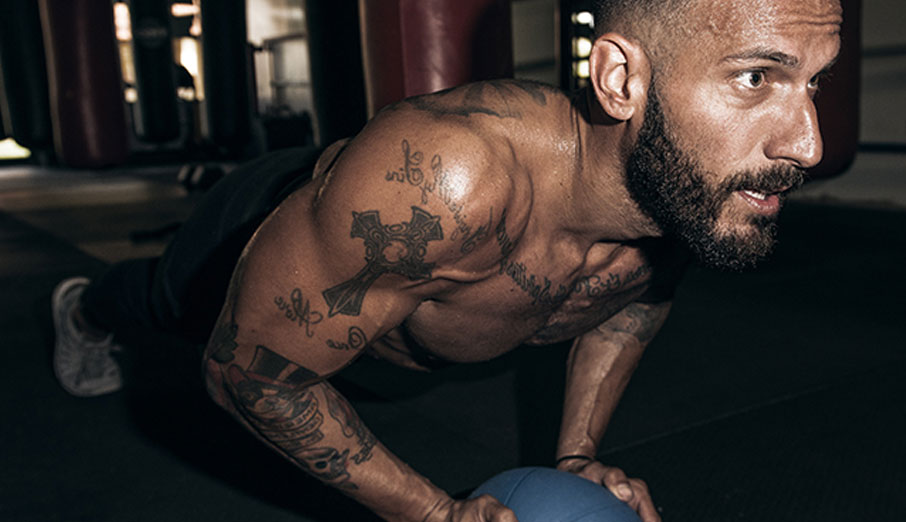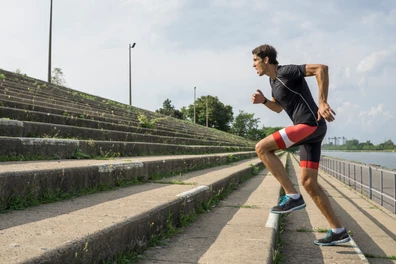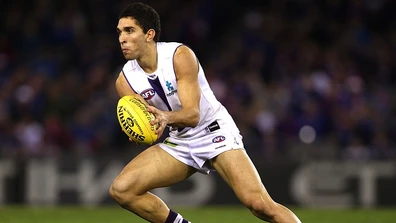The Principles of Rehab
March 20, 2019
When we think of what physiotherapists try to do, we generally think about them trying to relieve very immediate symptoms, such as pain and stiffness.
But a very important part of a physiotherapist’s job is guiding a patient through an effective rehab program.
A rehab program following an injury has two main goals
- To return to full function
- To reduce the risk of reinjury
Let’s look at each of these in more detail.
Return to full function
Often once you’re no longer experiencing pain from an injury, you will think it’s completely healed. But often there are other, less noticeable effects of the injury. These may include
- Reduced range of movement
- Reduced muscle strength
- Impaired proprioception (awareness of joint position and movement)
- Reduced ability to perform sport-specific tasks (eg running change direction, jumping landing, kicking etc)
- Feeling of instability

Reduce the risk of reinjury
It’s an unfortunate fact that the biggest risk-factor for suffering a musculoskeletal injury is having previously suffered that injury. And sometimes, despite a thorough rehab, reinjury will occur anyway. I’m sure the Fremantle Dockers medical staff were doing their best to prevent Harley Bennell reinjuring his calf and Anthony Morabito reinjuring his ACL.

There are three ways that we reduce the risk of reinjury.
1. Return to full function
If not corrected, the functional deficits caused by an injury can increase the risk of either recurrence of the same injury, and/or a different injury. For example, the impaired ankle proprioception caused by an ankle sprain increases the risk of reinjury to the same ankle, while the reduced range of movement potentially causes a change in running pattern which increases the risk of lower limb overuse injuries.
2. Assess and correct potential contributing factors
Some injuries aren’t necessarily caused by contributing factors. For example, while there are certain contributing factors that might cause an ACL to be injured by rotating on a planted foot with the knee slightly bent, an ACL injury such as Jaymie Graham’s where a player falls into the knee causing a traumatic knee ligament injury probably didn’t have any internal contributing factors. (Don’t look this injury up on YouTube if you’re squeamish).
But for most injuries, there are certain internal things that might cause or contribute to the injury. For example weakness of the hamstrings, weakness of the glute max and poor lumbopelvic proprioception are potential risk factors for hamstring injuries. While the glute max strength and lumbopelvic proprioception aren’t likely to be impacted by a hamstring injury, a thorough rehab will address these to reduce the risk of suffering the same injury.

1. Graduated return to normal activity
Safe and effective return to normal activity should involve a graduated exposure to normal activity, particularly in the case of a long-term rehab.
Taking ACL rehab as an example, the nine months or so that athletes spend not playing sport, are not spent completely resting from sport. As their rehab progresses they will start to expose themselves to running again, and gradually increase the running pace towards sprinting. As their running progresses, they will also introduce sport-specific drills practicing changes of direction, increasing the pace they perform this task as they are able. Once they are able to do these drills at full pace, they will return to training sessions, generally not doing drills involving offense vs defense initially. Then they will return to full training sessions and monitor their progress before returning to games. Graduated return to sport in this manner allows for the athlete to increase the difficulty of the activity, and the other things they have to focus on. The tissues and neural system aren’t prepared to jump straight back into full return to sport, and this graduated exposure allows them to adapt to be able to cope with the stresses.
It can be frustrating to feel like the injury “feels better”, but still be delayed in your return to sport. But ultimately, it’s important to rehab an injury properly to return to sport more effectively and more safely.
-
 What Can Make Neck Pain a Headache?
What Can Make Neck Pain a Headache?
Often people experiencing a headache are also experiencing neck pain/tightness a...
-
 How Physio Can Help Your Headaches
How Physio Can Help Your Headaches
Headaches are no fun. Some people will only experience short-term headaches ever...
-
 Muscle Strains
Muscle Strains
Winter sports are back and with them come more muscle strains, particularly hams...
